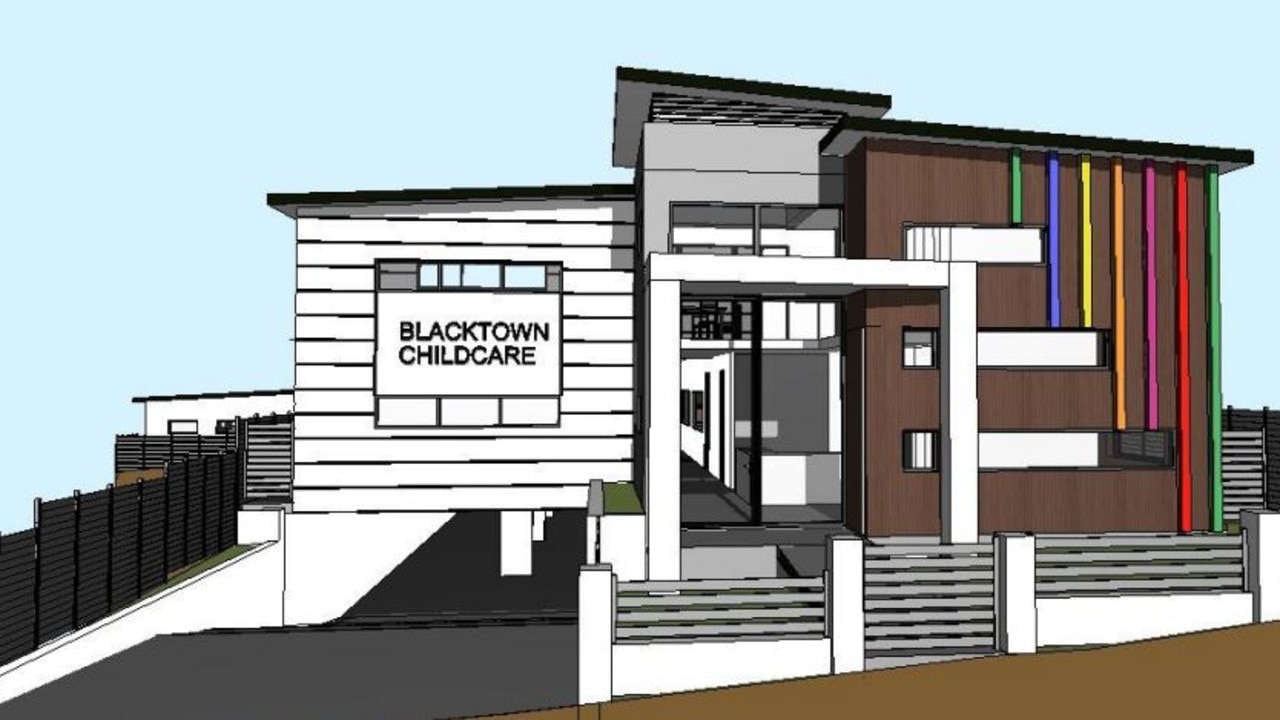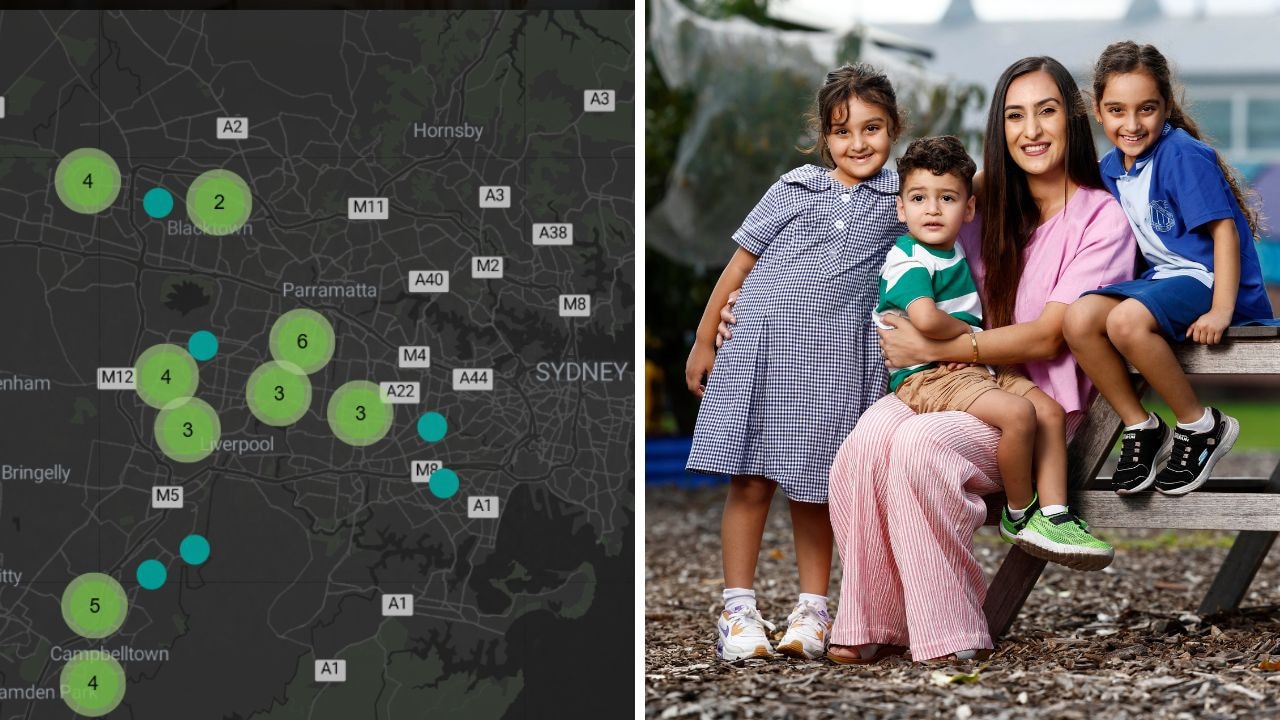How Catholic Church will spend $7.3 million grant for early childhood education and care
Sydney’s southwestern ‘childcare desert’ suburbs are getting three new day care centres. See which suburbs will benefit – and why.
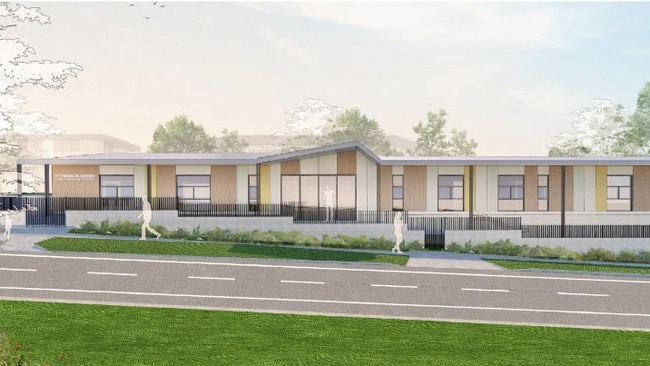
Early Education
Don't miss out on the headlines from Early Education. Followed categories will be added to My News.
Sydney’s southwestern “childcare desert” suburbs are getting three new day care centres, but young families will suffer a worsening shortfall of places unless there is a shift in public perception to see childcare work as a serious profession, their CEO has warned.
New not-for-profit centres have been approved to be built at Austral, Lurnea and Holsworthy and are slated to open their doors in 2026, in a move Sydney Catholic Early Childhood Services (SCECS) CEO Franceyn O’Connor hopes will bring young families relief as they juggle raising their kids and staving off the mortgage squeeze.
“There’s lots of development, new estates going up, new infrastructure … but very little affordable childcare (in these suburbs),” Ms O’Connor said.
“They’re a desert area and families really need it.”
A suburb is considered to be a ‘childcare desert’ if there are three or more children competing for each available place, with new research by Victoria University’s Mitchell Institute indicating more than half of the southwest is under desert conditions.
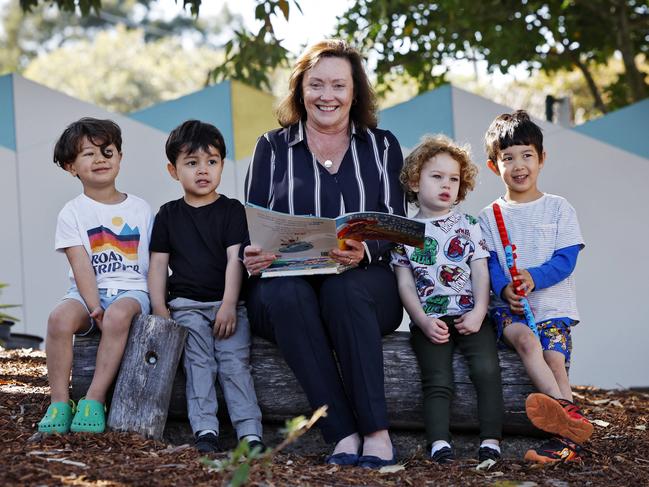
In Austral, availability of childcare ranges from 1.8 children per place to 8.8 kids per place on the outskirts of town. The SCECS centre will have capacity for 122 enrolments, but 20 per cent of the available places already filled in expressions of interest, before the centre has even been advertised or a waitlist established.
Mitchell Institute report co-author Dr Melissa Tham said while “there’s a huge number of factors” that contribute to the lack of supply, lower socio-economic suburbs across Australia often fare worst.
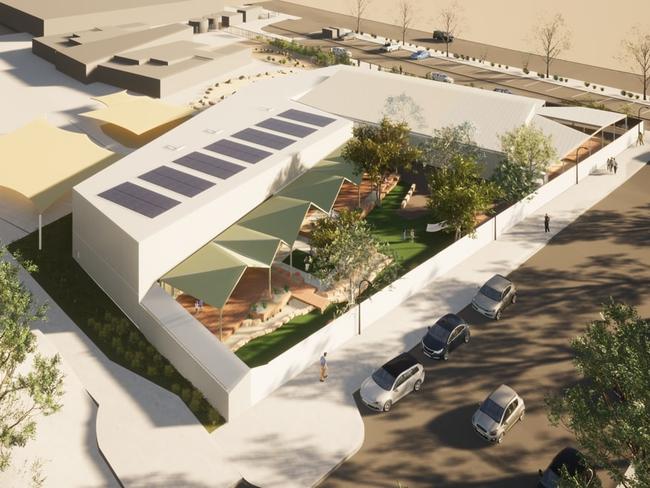
“Because we have this for-profit system, private providers are going to affluent areas where they can charge more money,” she said.
“That’s the issue with the market-based model – while it would make sense for providers to set up where there is this demand, and that’s just not what’s happening.”
SCECS’ new centres will be supported by the state government to the tune of $7.3 million, but Ms O’Connor admitted loans taken out by the church will likely take a significant deal of time to pay off, with the centre’s staff paid 15 per cent above the base pay for early childhood educators.
“We pay well above award for our staff, because we want to attract good quality staff that will stay with us permanently,” Ms O’Connor explained.
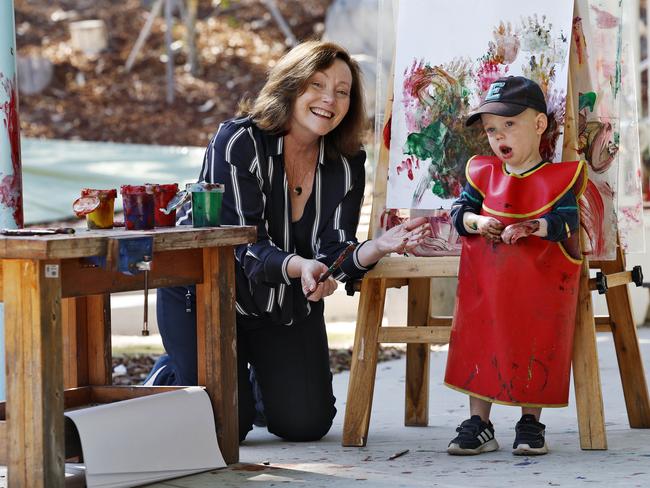
“These people have done their university degrees they’re highly qualified, and if you’re not remunerating them well, obviously they’ll go looking elsewhere.”
New workforce projections from Jobs and Skills Australia show the nation will need nearly 100,000 more early childhood educators by 2034, with a third of the workforce employed in NSW.
One Edmonson Park educator, who did not wish her name to published, said with five centres in a five kilometre radius the shortage is less to do with the number of services but the number of qualified workers to staff them.
“Centres can’t take more kids due to the ratios (requirements),” she explained.
“Most centres around here can take around 30 kids, whereas more centres out east and in the city are 100-plus capacity.
“It’s a fast turnover rate for educators … I’ve been working for four years at multiple centres and have only met two people who have been in the industry more than 10 years.”
Ms O’Connor said meeting current and future demand will require more than just the government’s “fantastic” legislated 15 per cent pay rise – it will require a shift in public perception.
“You can’t have care without education, and you can’t have education without care,” she said.
“You need high quality people there in the room, and … from governments and the public we really need to have that acknowledgment.”




